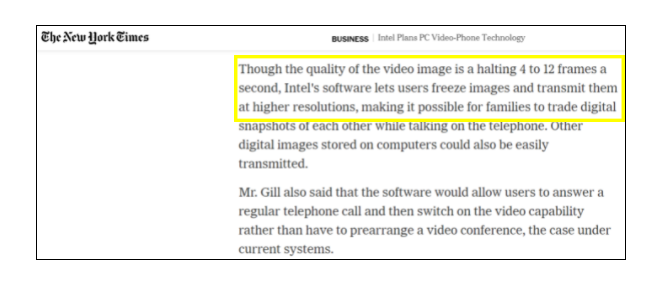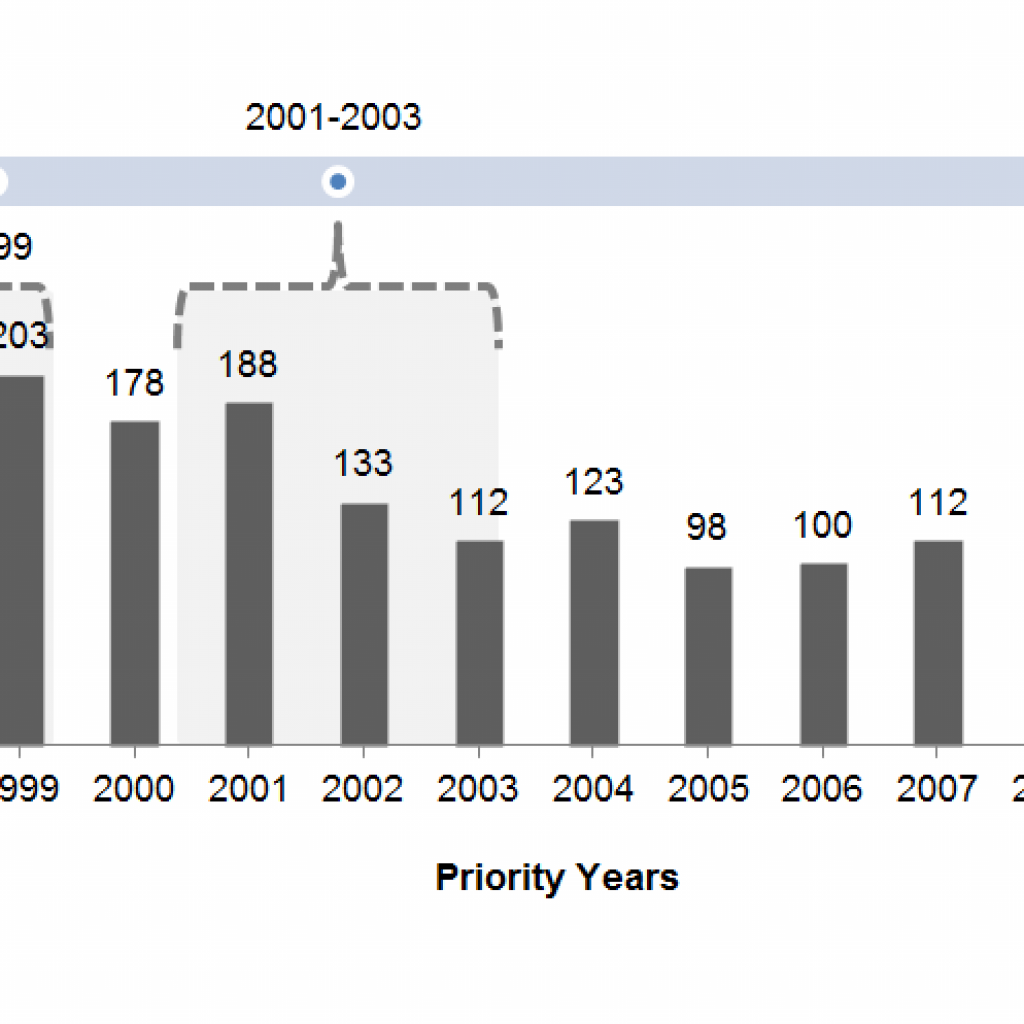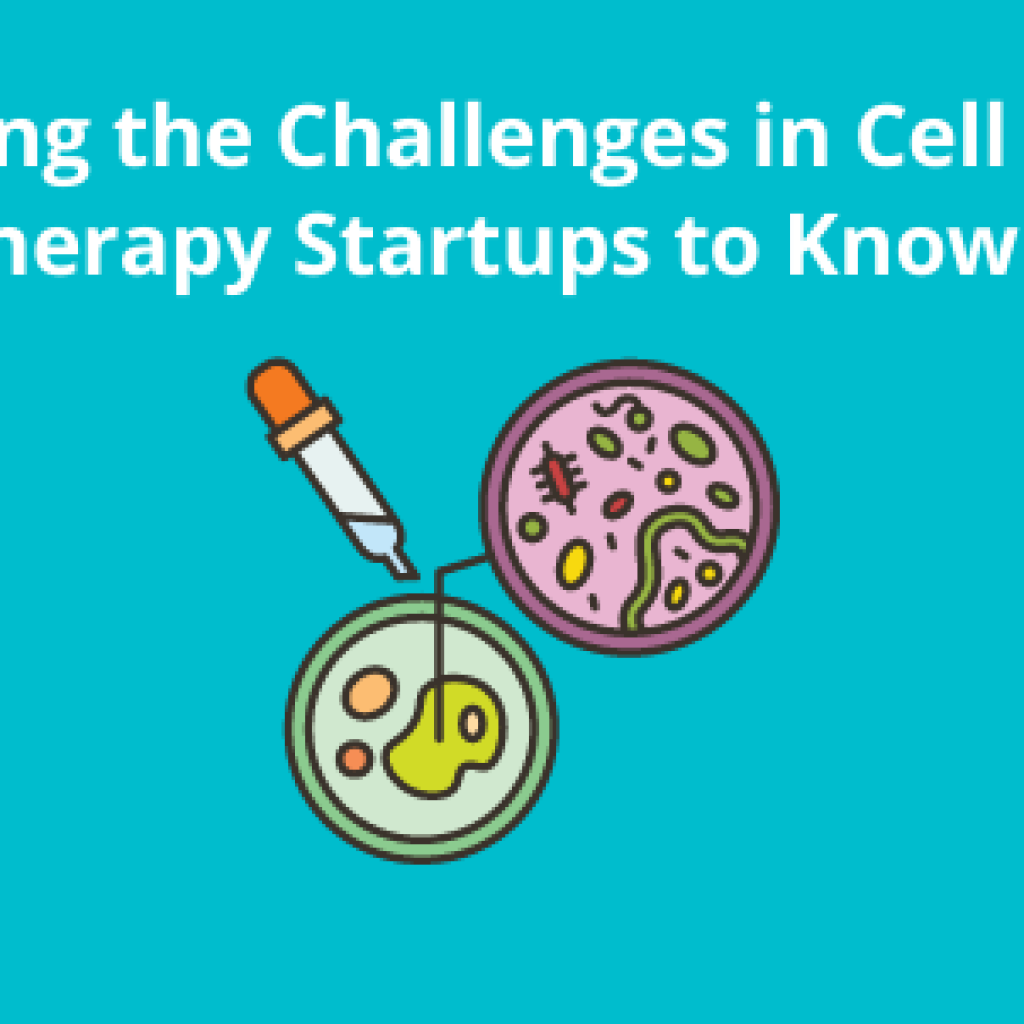Imagine this – You have a patent to invalidate. What are the possible search avenues you will explore to ensure a comprehensive search such that no prior art is missed?
If you’re a traditionalist, you will list down all the possible databases and search tools where there are chances of finding prior art. However, if you continuously employ out-of-box thinking in your search, you’d agree – Inspiration can come from anywhere. My colleagues had episodes where random items like sitcoms, youtube videos, books, and mobile apps inspired and led them to prior art.
In my early days, when I heard those instances, I used to first think – How is that even possible? Getting inspiration from random places and activities. Little did I know, one day I’d be narrating a similar instance myself. What exactly happened? Let me tell you.
We got a request to find invalidating prior art for an invention that enabled mixed media calls.
This project was given to us by Mark, a top attorney, and senior partner at one of the law firm in the US.
The invalidating prior art, in this case, would be a mobile phone that conducted mixed media calls i.e. voice + video calls during a normal phone call. The trick was the priority date was supposed to be before 2000. If you thought “video calling” during phone calls was quite a new invention, well, the reality is way different. Moreover, the patent also mentioned a user interface that helped to choose between live video and pre-stored video while video calling.
How did we approach the search?
As a first step, we followed traditional search techniques like searching on multiple patent databases like Derwent Innovation, Patsnap, Orbit, Google Patents, etc.
However, this was to no avail as even after an exhaustive search on patent literature, we couldn’t spot any result which single-handedly disclosed all the features.
But since we have gathered a good amount of knowledge in this domain, we steered our search towards the non-patent literature (mainly products, manuals, etc). We explored databases like IEEE, DeepDyve, and Google Scholar. Also, we searched on H.324 protocol of ITU-T, 3GPP, etc. which had a lot of discussions on mixed-media calls.
After all the consistent efforts, we found that phones conducting video calls were termed as “videophones” during that time.
This lead worked like a magic wand. We came to know that AT&T launched a videophone in 1992 which conducted mixed media calls. I would not lie, I was excited to know all about its features. After checking from multiple sources, we found that it covered 60% of the features but still missed the novelty part.
I’ll be honest. At that point, the situation felt like I was on the edge and all the doors were closed. I was so close but still too far.
However, in the background, I had in my mind was this was an important case for Mark. He had repeatedly entrusted us with searches for high stake cases, and I want to get something interesting to him. We had to crack the case.
It had been a difficult situation, as there was no avenue left for searching anymore. Tired and Frustrated, I logged off for the day.
When all doors close, a window opens somewhere
Around the same time, I was having trouble with my phone and it was an indication to buy a new one. I had a particular phone in my mind, but it was yet to be released in the market. Every day, I spent some time reading more about this phone and waited eagerly for its launch. On that day also, I started looking into news articles and started comparing the specs with other contemporary phones.
I found an article which mentioned how the new phone is going to be better than the phones already in the market. Specifically, it talked about the 90 Hz refresh rate of display, in-display fingerprint, etc which were supposed to provide users a better UI. That is when something clicked in my mind. I instantly thought if I am keeping an eye on news articles to know more about the product to be launched, its release, its upcoming features, then there must be newspapers covering these revolutionary videophones in the 2000s era as well. Having a videophone at that time was quite a thing, people might be posting reviews in newspapers or talking a lot about this.
With this instinct, I instantly jumped into the news section of Google and targeted my search towards articles related to AT&T videophone. And this strategy worked.
I came across one document from “The New York Times” which mainly talked about how a videophone from Intel was getting launched and how it was better than the AT&T one. It mentioned “that the Intel’s phone allowed users to answer a regular telephone call and then switch on the video capability. Additionally, it will also have an option to freeze images and transmit them at higher resolutions. Also, it mentioned that other stored digital images can also be easily transmitted.


That was bang on prior art! It was exactly what we needed!
However, since we couldn’t rely on news sources completely, we dug in a bit deeper, this time primarily focusing on “Intel’s phone”. We checked and tracked the particular model on Intel’s website, however, we couldn’t find the exact model over there. It was getting quite difficult to prove that such a phone existed at that time
As a last resort, we quickly jumped on to “web archive” to backtrack Intel’s website. After spending hours on “web archive”, we came across a snapshot of the phone when this model was introduced and it depicted the exact same features we needed. Also, we stumbled upon a datasheet of Intel’s phone which worked as a bang on prior art.
Without wasting a second, we shared the documents with Mark, and the reply we got made our day:
“Thanks for your detailed response, I have no further questions on this case, please prepare the final report with claim charts, thank you.”
Concluding Notes
Our work was done. We finally had the moment we were waiting for since the very start of this project. I have tasted a lot of success in projects in the past year that I have worked here, but this one was extra special. Ensuring Mark’s victory meant more repeat projects and a chance to work on more such high stake litigation cases. After all, as a searcher, that’s what you dream for. Getting a chance to work on some of the most important litigation cases going on in patent courts worldwide.
I also had a brief realization while working on this case. This being the first high stake case of my career – Every case is distinct, and the way we approach them would be distinct just as well. However, one thing that stays constant is the mindset with which you approach the search. If you have an open mind and are keen to not give up, the solution would come to you for certain.
After all, there’s no such thing as a lack of prior art. If it exists, it can be found, given you have enough grit and tactics up your sleeve. This is why here at GreyB we like to say, “If it exists, we will find it”.
Don’t believe me? Read up a few more of these case studies and your opinion will change too. Already have read a few of them and want us to help you with one of your cases? Send us a message and we will get talking:
Authored by: Sayani Banik (Senior Research Analyst)











